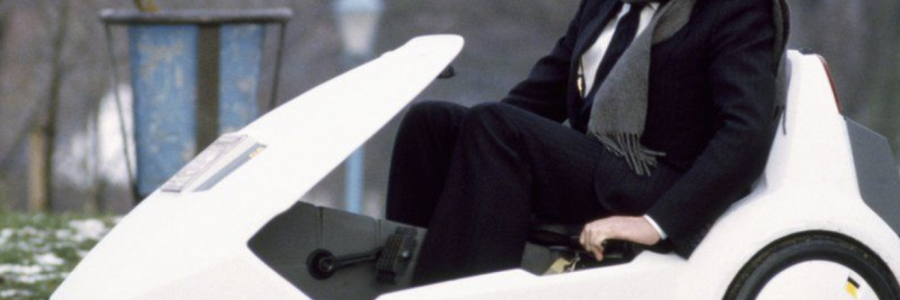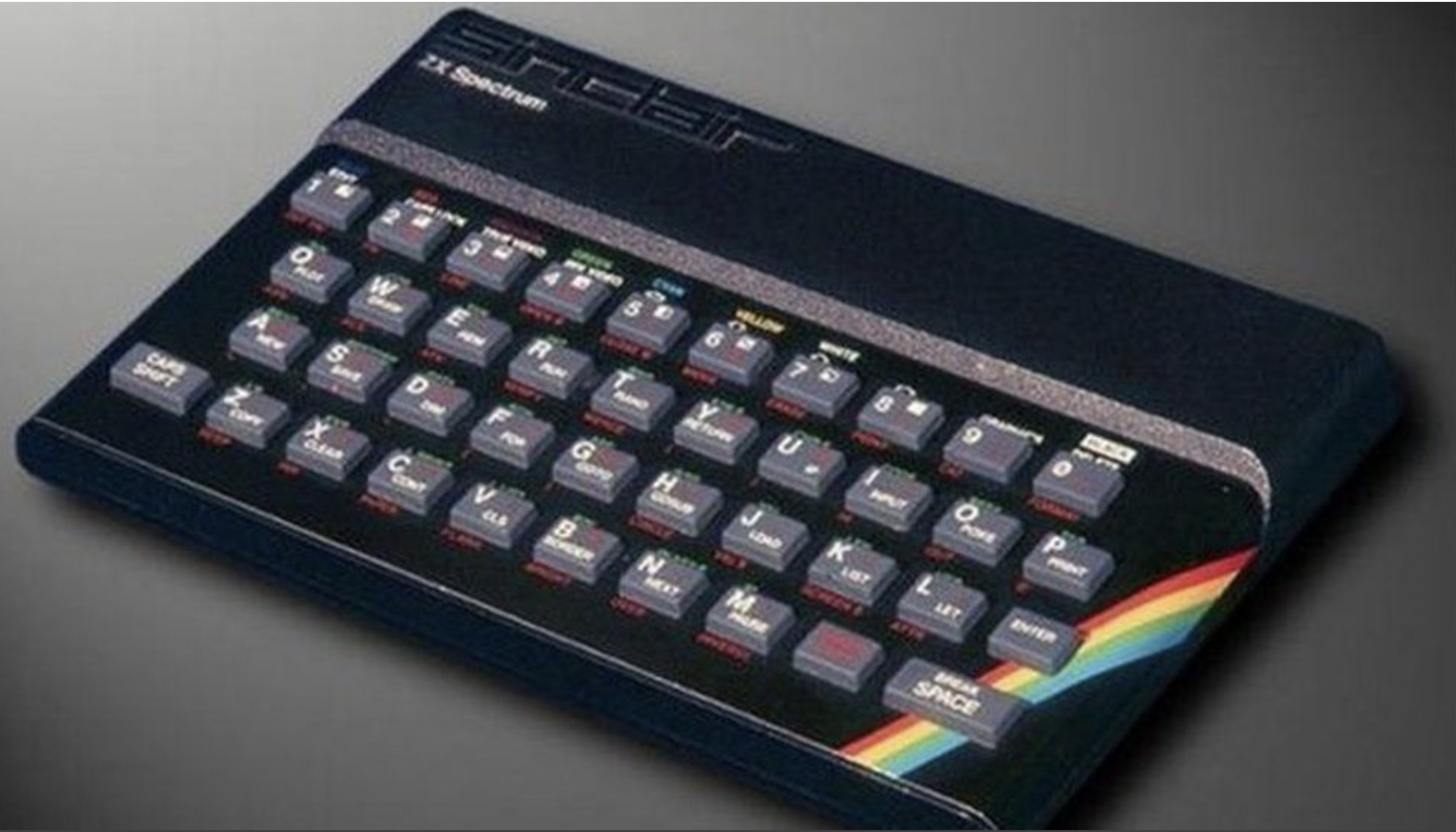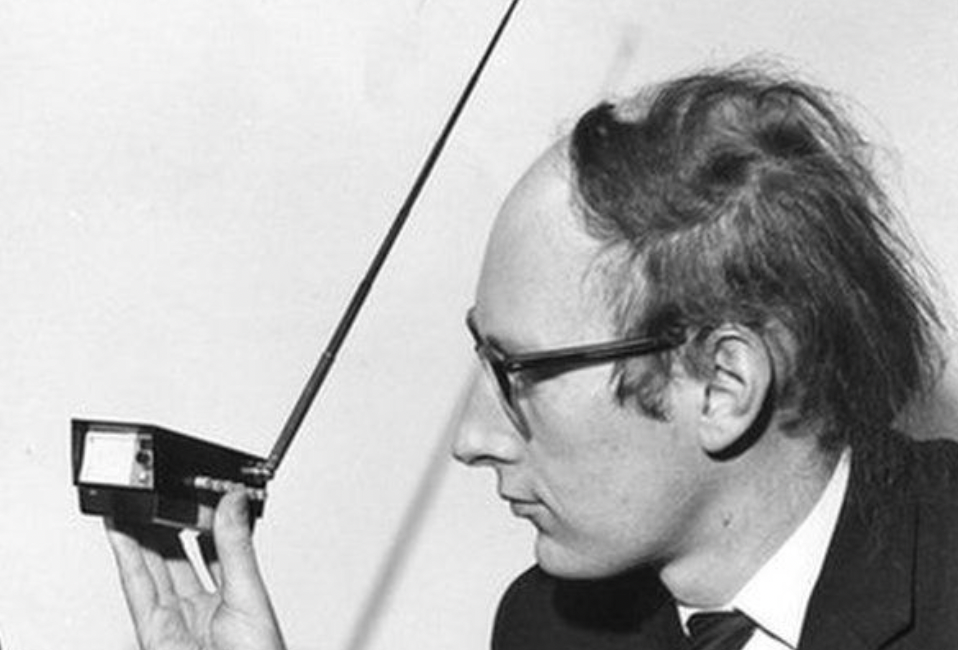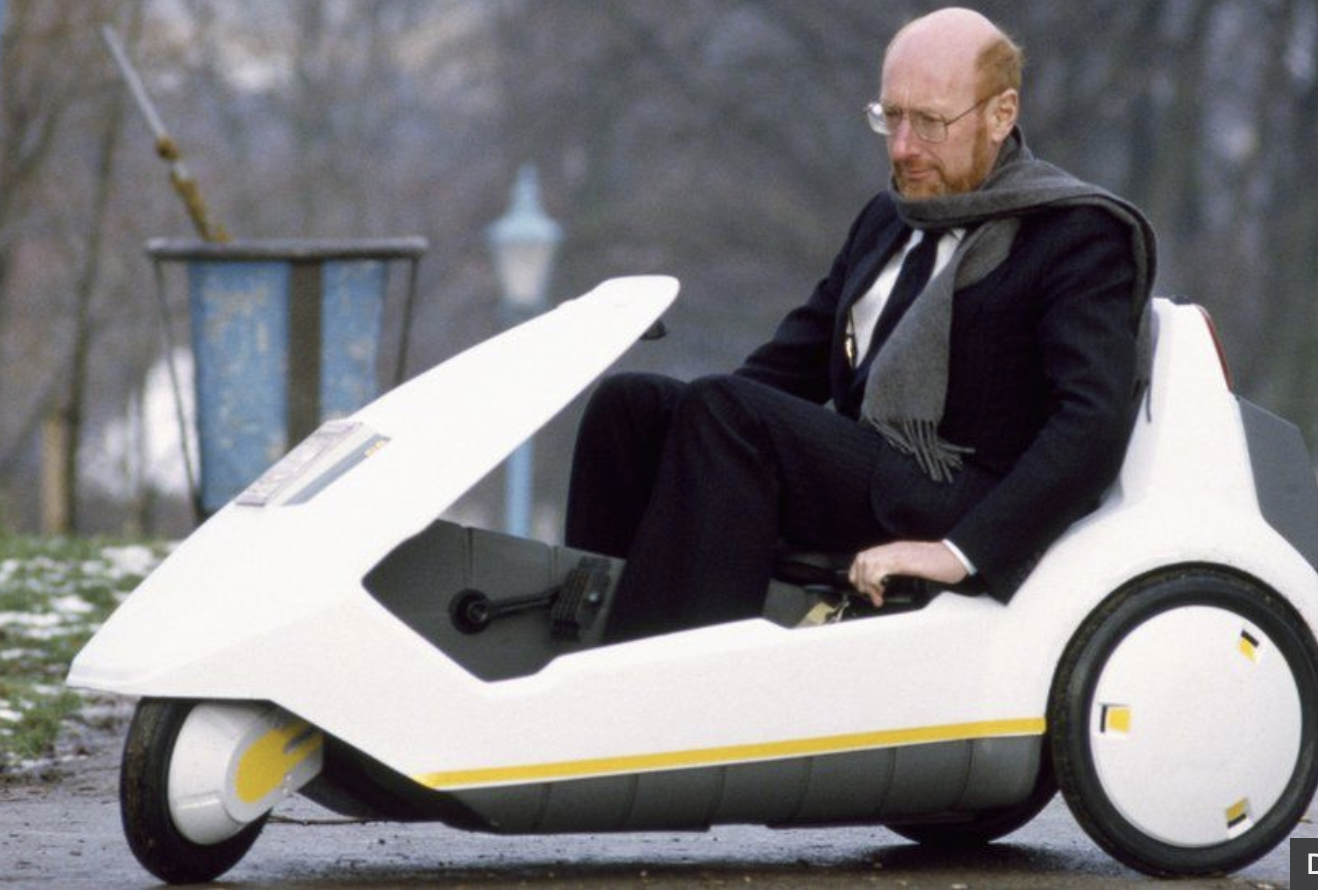
Sir Clive Sinclair cutting-edge technology inventor dies aged 81



Sir Clive Sinclair cutting-edge technology inventor and pioneer of home computing dies aged 81 ion London.
His calculator Sinclair Executive won Design Council awards and was put on show at the Museum of Modern Art in New York.
His innovative quartz watch, a sleek black affair, never worked properly and customers returned them in thousands. Eventually the company was taken over by Labour’s National Enterprise Board and split up.
He teamed up with Chris Curry who ran a small electronics company called Science of Cambridge which became Sinclair Research, and in 1980 ZX 80 was launched, a small computer that retailed at less than £100. Enthusiasts could buy it in kit form for as low as £20. This demonstrated Sinclair’s ability to make an exciting product that work with fewest possible number of components.
He followed up with a technically more advanced ZX81, which formed the basis for modern game consoles.
Sinclair then brought out Zx Spectrum, a colour display which sold more than million machines at affordable prices.
British Inventor Sir Clive Sinclair, who popularised the home computer and invented the pocket calculator has died at his London home aged 81.
Sir Sinclair passed away on Thursday morning after having cancer for more than a decade.
Sir Sinclair’s inventions included the ZX series computers and the ill-fated C5 electric vehicle.
His daughter Belinda Sinclair said “ He was inventive and imaginative and for him it was exciting and an adventure, it was his passion”.
Clive Marles Sinclair was born on 30 July 1940 in Richmond, Surrey. He developed a passion for creating gadgets, inspired by a character called The Inventor on the BBC Children’s series Toy town.
A miniature TV was one of the products he developed.
While doing A-levels, he designed a circuit for a simple radio which he then commissioned a manufacturer to make up into DIY kits which was sold through magazines such as Practical Wireless, a publication for which he had already written several articles.
Over the following four years, he wrote books on how to construct various electronic devices including radio receivers and transistor circuits.
His books sold very well, but Sinclair was keen to get back into inventing and formed his own company, Sinclair Radionics in 1961 and produced several printed circuit boards and a miniature transistor radio but was unable to raise enough capital to make his business a success.
His first money-making venture came when he heard the Plessy company was discarding new transistors that were not up-to-scratch. Sinclair bought them in bulk, reselling them at a profit and building them into his own produts.
He shared the view of Apple’s Steve Jobs that design was everything and his products were seen as modern and cutting-edge.
He was knighted in1983 at the recommendation of Margaret Thatcher, but his next big invention was to prove a disaster when he launched Sinclair CS in 1985, as the buyers were disappointed with its limited range, slow speed and inability to climb hills.
Sinclair was still fixated by the idea of an electric vehicle and in 1992, launched the Zike, a light weight electric bike but it failed to sell.
In 2011, he announced he was working on a new electric vehicle dubbed the X1.
He remained one of Britain’s great innovator who could turn his dreams into reality.
